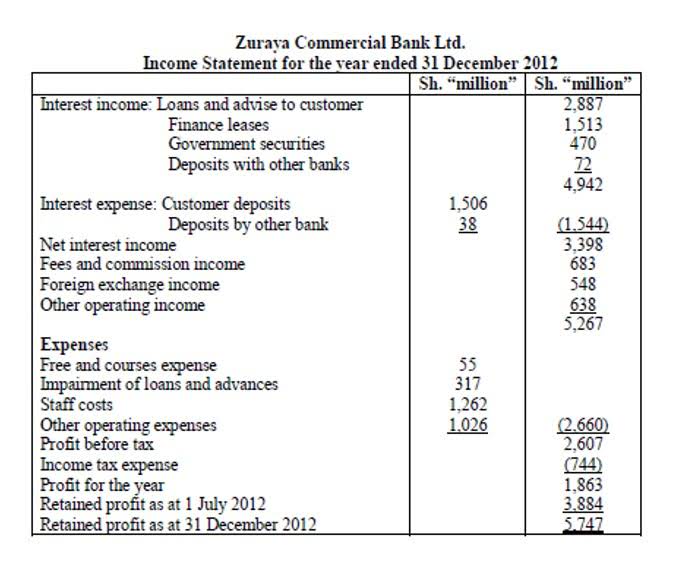
A predetermined overhead rate is used predetermined overhead rate because actual overhead costs are often not known until the end of the period. It allows companies to apply overhead to products or jobs throughout the period, providing a more timely and accurate cost estimate. Knowing how to calculate predetermined overhead helps in efficient cost accounting. In large ones, each production department computes its own rate to apply overhead cost. The use of multiple predetermined overhead rates may be a complex and time consuming task but is considered a more accurate approach than applying only a single plant-wide rate.

Conclusion: Mastering Overhead Rate Calculation for Improved Financial Health

For most small to medium businesses, categorizing overhead into 5-10 major categories (rent, utilities, indirect labor, etc.) is sufficient. Larger operations might break this down further into categories for better tracking and control. By leveraging Flxpoint’s comprehensive platform, businesses can effectively reduce overhead costs, leading to improved profitability and operational efficiency. Two companies, ABC company, and XYZ company are competing to get a massive order that will make them much recognized in the market. This project is going to be lucrative normal balance for both companies but after going over the terms and conditions of the bidding, it is stated that the bid would be based on the overhead rate. This means that since the project would involve more overheads, the company with the lower overhead rate shall be awarded the auction winner.
When to Use ABC

Activities can be classified into different categories, such as setup, production, inspection, and shipping. The calculation of the plantwide overhead rate first requires gathering the following information. Then, they’ll need to estimate the amount of activity or work that will be performed in that same time period. For this example, we’ll say the marketing agency estimates that it will work 2,500 hours in the upcoming year. Fixed costs are those that remain the same even when production or sales volume changes. So if your business is selling more products, you’ll still be paying the same amount in rent.
Indirect Costs: The Building Blocks of Manufacturing Overhead
- The calculation of the plantwide overhead rate first requires gathering the following information.
- By understanding how to calculate this rate, business owners can better control their overhead costs and make more informed pricing decisions.
- List all overhead costs incurred during a production period, such as rent, utilities, depreciation, and administrative expenses.
- Manufacturing overhead is often called factory overhead, factory burden, or indirect manufacturing costs.
- First, you need to figure out which overhead costs are involved, and then create a total of this amount.
This method is suitable for businesses that rely heavily on machinery in their operations. It provides a more precise allocation of overhead costs based on machine usage. Thus the organization gets a clear idea of the expenses allocated and the expected profits during the year. The concept of predetermined overhead is based on the assumption that the overheads will remain constant, and the production value is dependent on it.
- The resulting rate is then used to apply overhead costs to each unit of production or sale.
- The management concern about how to find a predetermined overhead rate for costing.
- Overhead expenses are generally fixed costs, meaning they’re incurred whether or not a factory produces a single item or a retail store sells a single product.
- Investing time into overhead analysis and accurate calculation of rates leads to better accounting and superior business management.
Predetermined Overhead Rate (POHR): Formula and Calculation
For example, we can use labor hours worked, and for calculating overhead for the store department, we can use the quantity of material to be used. Larger organizations may employ a different predetermined overhead rate in each production department, which tends to improve the accuracy Remote Bookkeeping of overhead application by employing a higher level of precision. However, the use of multiple predetermined overhead rates also increases the amount of required accounting labor. To calculate a predetermined overhead rate, divide the manufacturing overhead cost by the units of allocation. Similarly, as mentioned above some businesses may use it as a monitoring and control tool.

Once you’ve calculated your overhead costs for a specified time frame, you’re ready to complete the overhead rate calculation. Next, determine the activity base that will be used to allocate overhead costs. The activity base should be a measure of the volume of activity that drives overhead costs. By knowing the total overhead costs for a period in advance, businesses can plan for the necessary cash flow to cover these costs. First, they can help businesses to more accurately estimate the cost of their products or services. This can lead to more informed decision-making about pricing and production levels.

The Management Accountant takes the data generated by the Cost Accountant and transforms it into actionable insights for strategic decision-making. The Cost Accountant’s role is critical for generating reliable data, which forms the foundation for informed decision-making. The diligence and accuracy brought by a Cost Accountant is foundational to the manufacturing enterprise.
